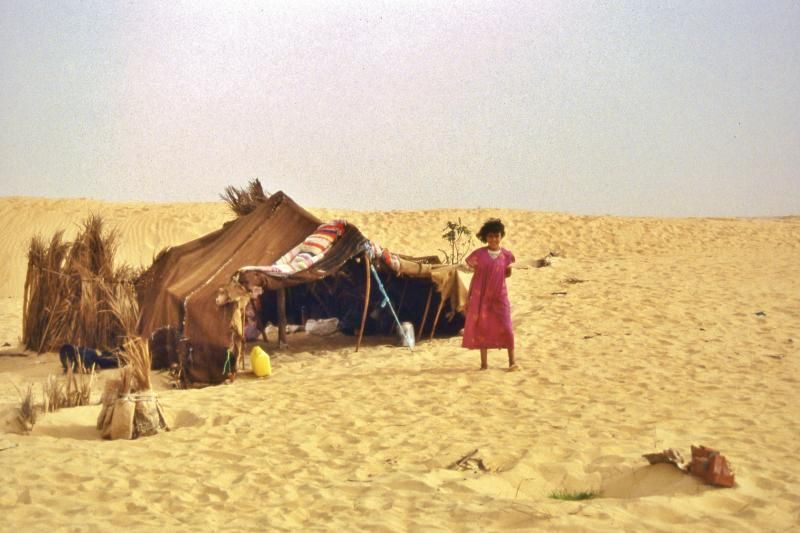Geography and its environmental makeup has had a profound effect on the people and their culture and tradition. Why is it that houses in some regions have flat roofs while others slant— why is it that certain regions specialize in cotton linen attires while others in thicker clothes— Why is it that in some cultures the dead bodies are buried while in others cremated— Is it only religious motive or does it go beyond that….
Culture most certainly leans heavily on environment. Be it topography, climate or raw materials— environment is decisive factor in the inception and structure of local culture and traditions. Thus, inconspicuously, environment plays a role in creating a natural difference amongst communities, business orientation and their cultural norms.

- Topography is a key influencer here— the landscape for instance determines the employment opportunities for people. A coastal community will be engaged in fisheries and shipping versus someone living on the plains who would prefer farming or some industrial activity. Topography also affects housing— while the tropical population such as those of Indonesia are found to be built on stilts to avoid floods and marshes etc. Landforms like mountains or oceans are likely to develop a particular culture, such as people living in mountains will adapts to a life at a high altitude, by wearing heavier clothing. In fact they tend to be stronger given they climb hills on daily basis.
- Climate is another determining factor— People living in cold areas wear woolen clothes or leather apparel more in comparison to others living in warmer areas who prefer light linen. In mountainous cold climate one will find houses made of woods which is heat insulator, thereby keeping the inhabitants warm. Indeed this is co-dependent on the last factor of raw materials which further is bifurcated basis the temperate and tropical regions. One can compare Inuit community of Alaska with the desert-dwelling nomads of North Africa. Given the two extremely different terrains and climate, the cultures too differ. The hot weather for instance makes one group to daily travel in search of water and other commodities, while on the other hand a cold weather resident will often have his/ her travel plans disrupted for much of the entire year.
- Raw Materials— availability of raw materials is critical to create cultural representations. If an area has rich forests then use of wood be more pronounced in building houses, artifacts or for that matter in ceremonies like marriages and funerals. In India for example wood fire is important in certain section of people when getting married or for that matter even the dead bodies are cremated which is dependent on wood fire again. Similarly in colder countries, temperate regions that is, where the wood is more tough and wet and there is no direct sunlight unlike tropical regions, a dead body would be buried and not cremated…

Another notable example of the interplay of the three environmental influencers on the cultural traditions is of the Eskimos. Given that this section of the world community is deprived of wood, they couldn’t have wood houses, or built boats to sail through. Instead they innovated the ingenious animal skin kayak and open umaik, another form of boats. This has eventually led to boat building jobs.

Clearly then topography, climate and availability of accessible raw materials in an area determines the food habits, the employment activity and other special culture specific habits and not to forget the Economies of the world. Certain commodities like avocados or olives are critical for the GDP of nations such as Mexico and Spain. Given their export and import value world over they are an important for the economic health of the nations. It is their quality owing to their climate, topography etc. that they are valued so much. Same holds true for minerals and gemstones as well. For instance it is the Sri Lankan sapphires or the African diamonds which are prized the most. Of course with the onset of speedy globalization, certain cultures have been able to expand beyond their limited geographical landscape, such Americanization or like McDonaldization in terms of food habits. Nevertheless, without environment and geography there would have been no culture, and in turn no cultural expansion either— never mind the globalization process. Thus, environmental bearings on the culture are profound and run deep, reflected in our economic, political and social choices.
